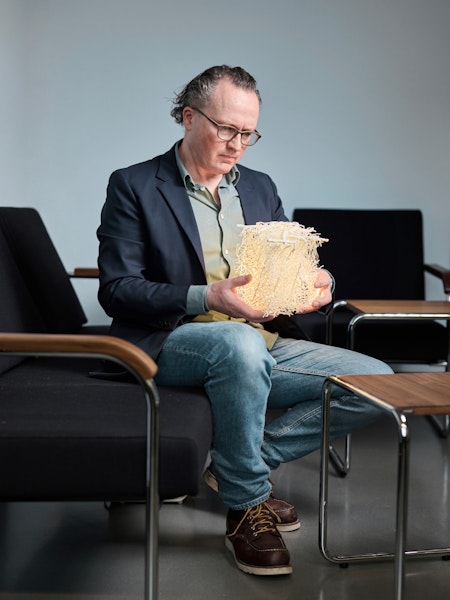New Cover in Stroke in Collaboration with Mohamad El Amki and Daniel Razansky


We ask very simple questions about the most complex system on the planet. Fascinated by these simple questions and how challenging it is to answer them, my goal is to bring together the very best people with the very best tools. Apart from running the lab for Neuroenergetics and Experimental Imaging, I act as the Director of the Institute of Pharmacology and Toxicology.
